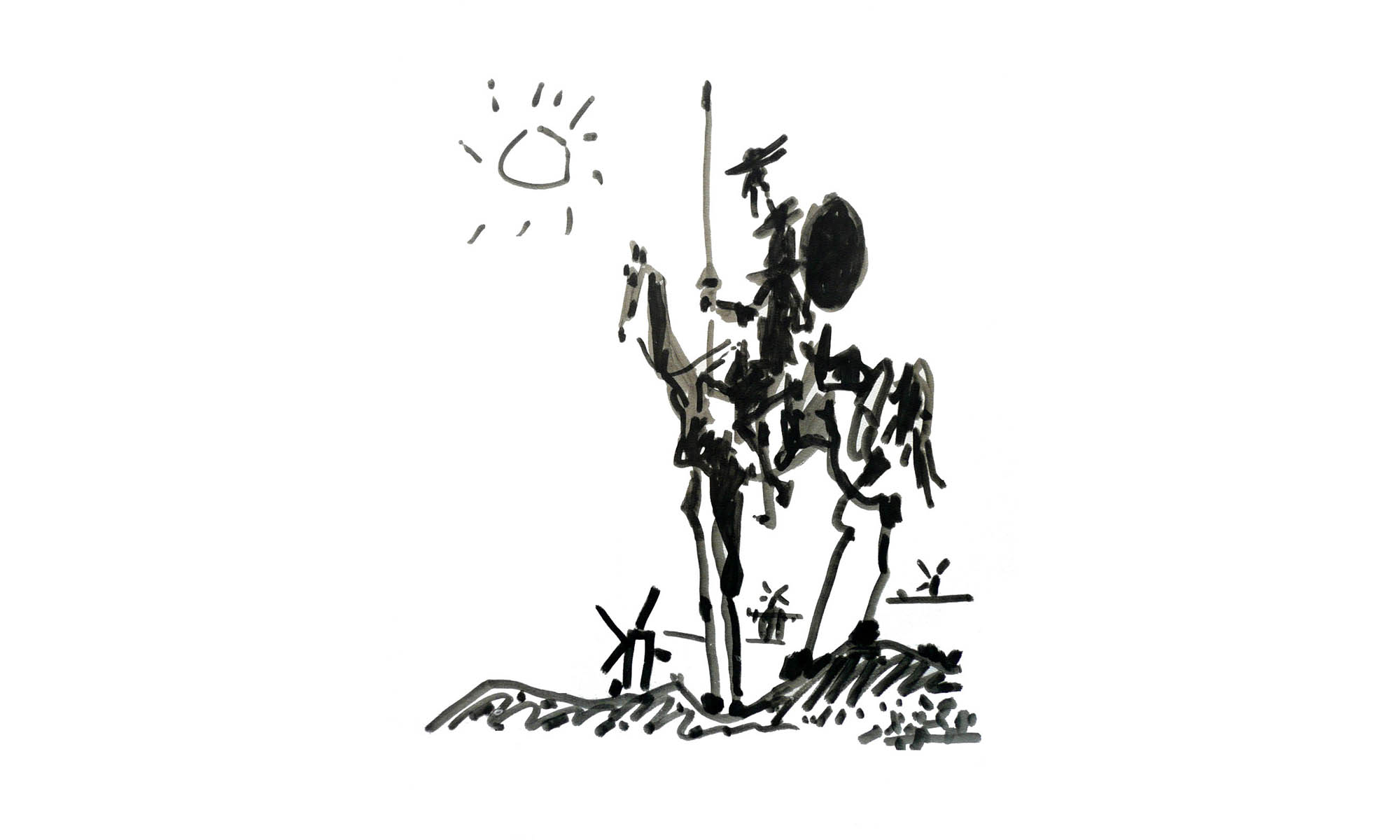Over Labor Day weekend, a friend of mine came back to town and she and her old roommates had a barbeque. Nothing unusual there, but my friend is a sign language interpreter and about half of the crowd were deaf and several others were more or less fluent in sign language. I’m not, but I’m rather used to it. Some of the folks I talked with said it was one of the quietest parties they’d ever been to, but it was perhaps the most visually distracting as you see hands fluttering around out of the corner of your eyes.
I happen to live quite close the Galludet University, a college which is primarily for deaf students. A couple of days after the barbeque, I was driving past the university and noted, as I usually do, the signs which warn drivers of deaf pedestrians. And I guess because of the party, I was reminded of an incident in which I confused deaf and blind.
Just writing that sentence is odd. I mean, how can you possibly confuse not being able to see with not being able to hear? But, last week, I read something, which, while written as humor, I don’t doubt is rooted in truth: An Open Letter to People Who, When I Tell Them I Am an American Sign Language Interpreter, Tell Me How Difficult They Imagine Braille is to Learn/Read Books With.
When I was thinking about it in the car, I thought I had figured out why I might have made that mistake. And realizing that it’s possibly a not uncommon occurrence, I thought it might be worth mentioning. I am willing to bet that the average person is much more likely to knowingly encounter someone who is blind than they are to run into someone who is deaf. Especially if the person is not suffering from age-related hearing loss. Fewer than 1 in 1000 people in the US are deaf before the age of 18, and half of the 9 to 22 in 1000 who are significantly hearing impaired reported the hearing loss after the age of 64. In contrast, about 2% of the world’s population suffers from low vision/blindness.
Beyond that, there are many more cues in the world to remind you of blind people — braille on signs, audible cross-walk signals and talking elevators, and, of course, a blind person with a dog or a cane — than there are things which remind you of deaf people. Other than being close enough to see a person’s hearing aide, or seeing people using sign language, I can’t really think of anything that says “deaf” to me. Even closed captioning on television is more likely to make me think of a restaurant/bar where it’s too loud to hear the tv or they have multiple tvs showing different things.
So, even when they are completely aware of the difference between being deaf and blind, if the average person is like me, they are likely cognitively lumping the two disabilities together. Thus, when confronted with a deaf person, or when discussing the disability, they are likely to slip up and conflate the two.


